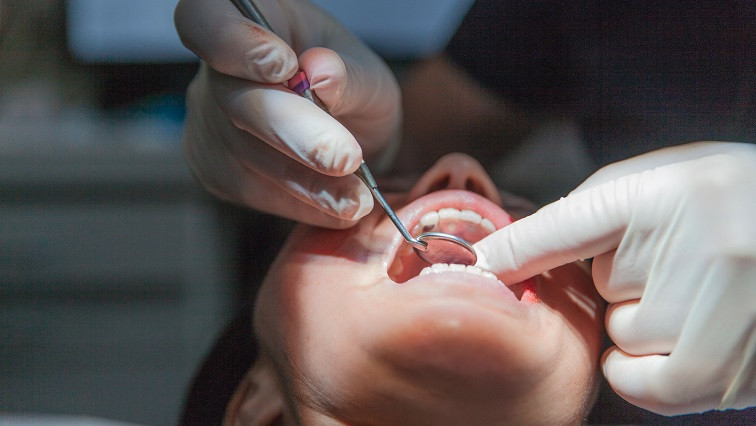The abstract, “mRNA Lipid Nanoparticles for Next-Generation Oral Cancer Tumor Suppressor Therapy” was presented during the “AADOCR Hatton: Post-doctoral” Poster Session that took place on Friday, March 15, 2024 at 3:45 p.m. Central Standard Time (UTC-6).
The study, by Marshall Scott Padilla of University of Pennsylvania, Philadelphia, USA, formulated a library of LNPs with luciferase mRNA and tested in CAL-27 cells, a model OSCC line. The LNPs were also injected intravenously into C57BL/6 mice to examine their propensity for off-target liver transfection. The LNPs that had high luminescence in CAL-27 cells and low liver transfection progressed to the next round of screening. Then, the top LNPs were evaluated for transfection after intratumoral administration in a CAL-27 xenograft model. E10i-494 demonstrated the highest tumor luminescence and was picked as the lead candidate. This LNP was then evaluated in an orthotopic CAL-27 murine model. Lastly, the lead LNP was reformulated with p53 mRNA, and the tumor-suppress-mediated toxicity was evaluated in CAL-27 cells.
After two rounds of screening, the LNP E10i-494 demonstrated immense mRNA transfection in vitro and in two murine tumor models. Additionally, the LNP had low levels of liver transfection, showcasing a promising safety profile. In the orthotopic model, the LNP successfully entered and transfected lymph nodes, which is essential for preventing tumor metastasis. E10i-494 also demonstrated potent cell killing after being reformulated with p53 mRNA.
The study concluded that the first LNP for the oral cavity has been optimized and its potential for p53-based OSCC therapy has been demonstrated.
Read the original article on International Association for Dental Research (IADR).







